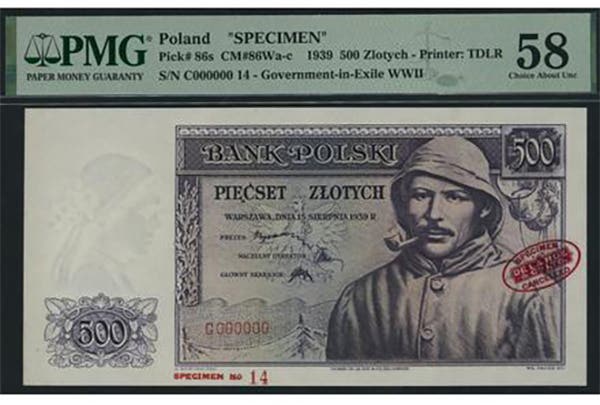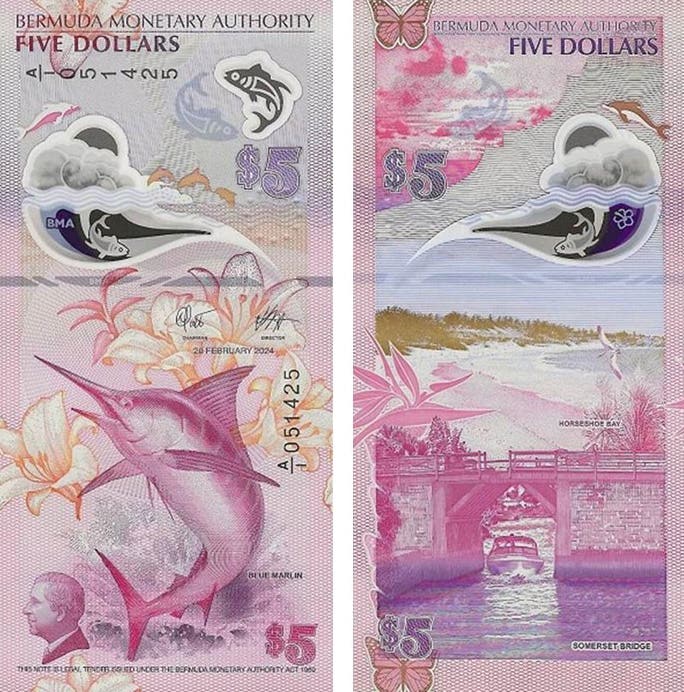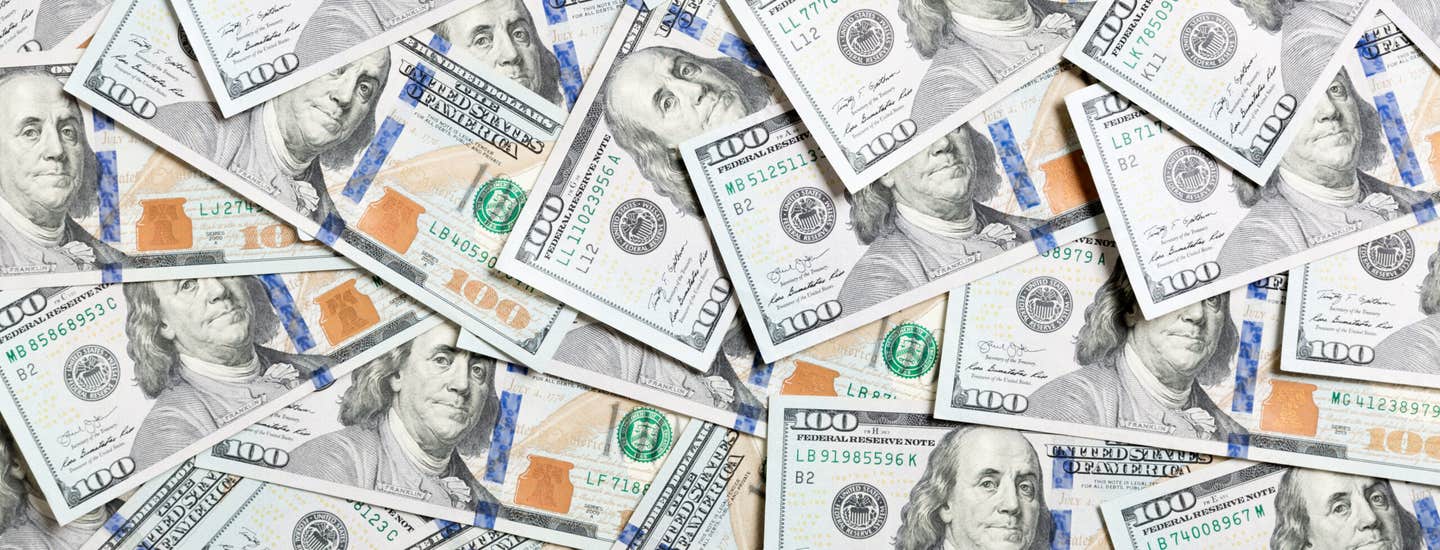Behind the Bank Note with Simcha Kuritzky
Simcha Kuritzky started collecting coins and notes in 1971 when he was still in elementary school. He is a CPA and an expert in federal accounting. Kuritzky has been a…
Simcha Kuritzky started collecting coins and notes in 1971 when he was still in elementary school. He is a CPA and an expert in federal accounting. Kuritzky has been a life member of the International Bank Note Society for more than three decades and is an officer in several other numismatic clubs. He has been exhibiting competitively for more than four decades and has the most ANA summer show exhibit class awards.
Q. How did your interest in bank note collecting begin?
I was eight years old when I started collecting coins, and quickly expanded to everything numismatic. I’m not certain when I started collecting notes, but probably my first notes were Japanese and Korean notes my father had put aside from his time there.
Q. What type of bank notes do you collect most often?
I have three bank note specialties: felines, Judaica, and Revolutions of 1848. Most of my bank note effort goes into collecting felines as there is a lot more to collect, with new notes coming out all the time. For Judaica, while there are some local note issues from Eastern Europe in Yiddish, most notes I collect are from Israel. I have the common notes from the 1848 Republics, so it’s rare I add a new note to that collection.
Q. What is the most interesting bank note from Israel you have encountered?
Well, the note which has captured my interest the most is the 5 lirot (pound) dated 1958 with the Seal of Shema on the back. This is the only note (so far) to bridge my Israel and feline specialties, as the Seal includes a famous representation of a lion known as the Lion of Megiddo. This note has inspired the Bank of Israel’s design of two coins (5 lirot 1978-80, ½ sheqel 1980-84), Israel’s only official souvenir sheet, a state medal, their gold bullion series common obverse, as well as official reproductions in silver (the latter have been issued for all notes).
Q. What is the most noteworthy bank note you have acquired?
The most noteworthy would be a Palestine 500 mils (half pound) from 1939. All the Palestine Currency Board notes are expensive, but this one had originally been part of a short-snorter though with no graffiti, just taped on two edges, so it was affordable.
Q. What notes are generally more sought after by collectors?
Israel’s population and economy have grown quickly, so the early notes had much smaller issues than recent notes. Any of the early notes have low enough surviving populations that collectors have pushed up the prices. The 50-pound denominations of all the early series (Palestine, Anglo-Palestine Bank, Bank Leumi) are expensive and difficult to locate in nice condition, since that was a lot of money back then. There are also a number of Arabs who collect Palestine notes under the misimpression that they are Arab notes (the Palestine Currency Board was and still is located in London, with no Arab members).
Q. The design shift in the several issued series from landscape theme to representations and recognition of people seems have been a positive one. Why do you think people favor one over the other?
From what I’ve read, back in the 1950s, most Israelis were used to European-style bank notes, and almost all of these portrayed people, so their own notes didn’t look like “real” money to them. The main reason landscapes were used (with no animals) was a concern by the Bank of Israel that notes portraying people or animals could be considered idolatrous (which is part of the reason no portraits are used on regular circulating coins to this day), but Israel’s Chief Rabbis have ruled that flat portraits, like those printed on paper, were not idols. I think honoring specific individuals by placing their portraits on notes helps to promote Israel culture and raise awareness. For example, I only knew the names of one of the authors portrayed on today’s bank notes prior to the issue of those notes.
Q. What note from Israel are you still seeking for your collection?
I’ve been much better at filling the holes in my coin collection than my bank note collection. In fact, it’s only in the last couple of years that I’ve made a push to fill out my Israel collection. So I am still missing most of the pre-Bank of Israel (1955) notes. Perhaps the ones I’m most interested in are the so-called carpet 50 and 100 mil notes from 1948.
Q. Over the course of your career and study of bank notes, what do you think is the most significant contribution provided by the collecting of paper money?
There is a lot of history in paper money, although it has mostly been around only a few centuries. Collectors have brought some issues to light that would have been lost to history, mostly in early notes and local issues. The notes themselves help bring history to life. There are not many century and more old artifacts one can easily collect.
Q. What do you most want people to understand and appreciate about world paper money?
There’s a lot to appreciate and different aspects will be meaningful to different people, but if I have to pick one thing, it would be the sheer variety of designs and economic circumstances of paper money. Paper money is not static; it changes dramatically over time and place.
Q. If you were able to give suggestions on growing a world paper money collection, what would you advise?
I think the most important advice is to specialize. I started with a general note collection and kept that up for a while, but my energy was spread too thin. If one truly appreciates variety, I’d suggest assembling one note from each country or issuing authority, rather than trying to collect any and everything. I would recommend anyone thinking of collecting paper money read through the catalogs, visit dealers at shows or their web sites, see what is out there, and find what speaks to you. One can have multiple specialties, or move on from one to another, but I think one would enjoy the process more if there are boundaries to the collection.








